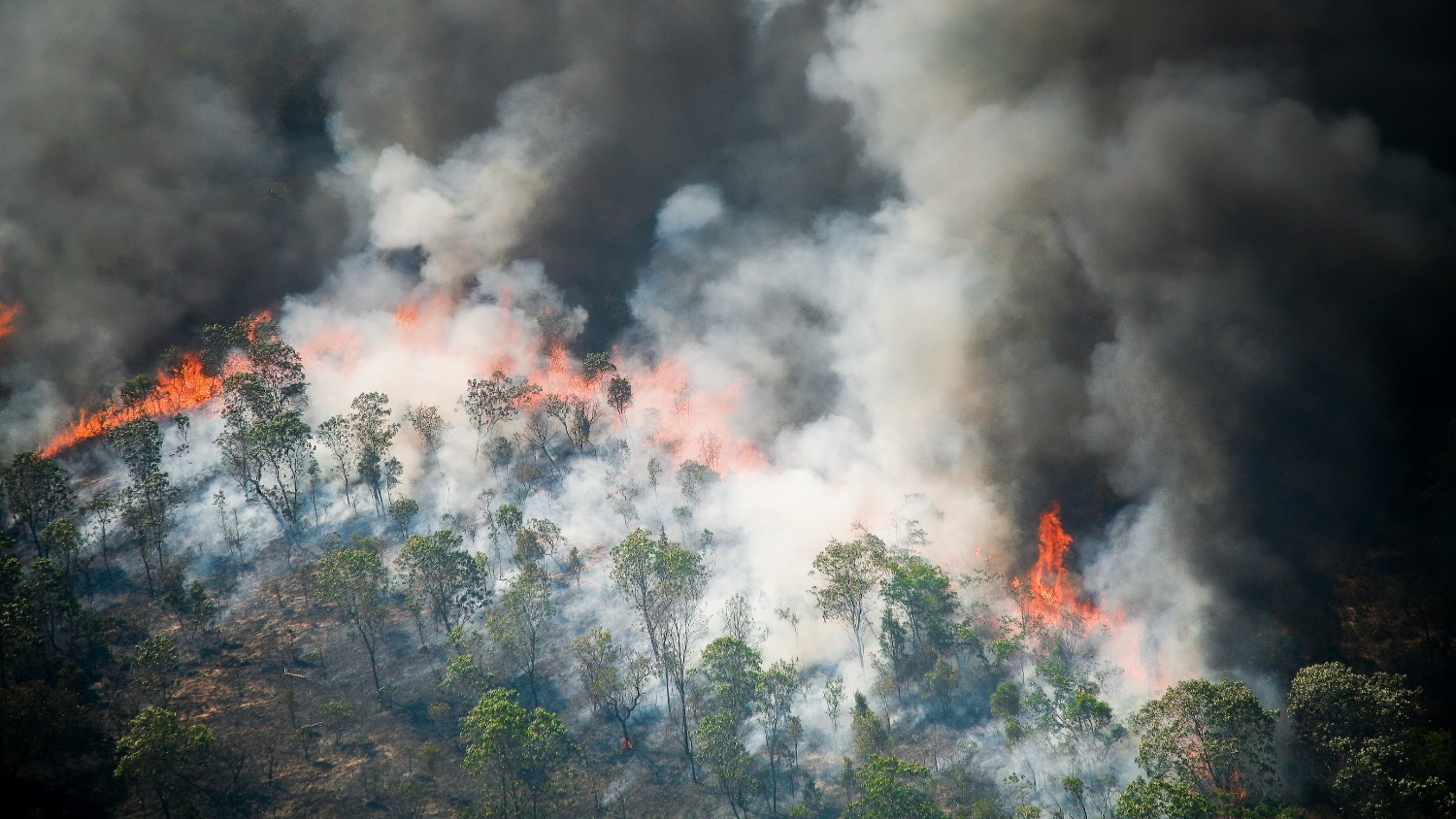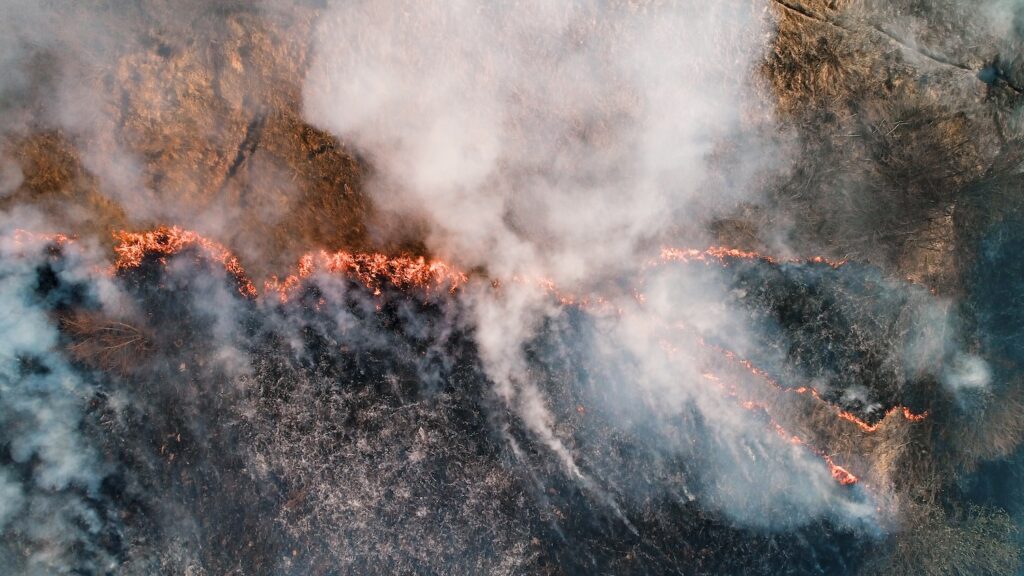Wildfires: Essential Facts and Insights
NC State researchers address some of the most frequently asked questions about wildfires.

From the forests of North America to the grasslands of Asia, wildfires occur in natural areas worldwide. These unplanned and uncontrolled fires can not only scorch millions of acres of land, but they can also cause billions of dollars in property damage and losses.
Nearly 65,000 wildfires burned approximately 8.9 million acres across the United States alone in 2024, according to the National Interagency Fire Center. This resulted in the destruction of some 4,500 structures.
More recently, multiple wildfires erupted and quickly spread into the Los Angeles area of California. The wildfires, fueled by strong winds, engulfed more than 40,000 acres, burning thousands of structures and killing more than two dozen people.
Several faculty in the College of Natural Resources are top scholars in the field of wildfire science, studying the behavior of wildfires and the tools and techniques used to combat them.
In this article, our experts respond to frequently asked questions about wildfires — from what causes them to how they can be stopped. Click on one of the questions listed below to get an expert answer.
Jump to:
- How do wildfires start and spread?
- How do wildfires impact the environment?
- How is climate change affecting wildfires?
- How can wildfires be stopped?
How Do Wildfires Start and Spread?

Approximately 85% of wildfires in the U.S. are caused by arson, unattended campfires and other human activities. Once ignited, these blazes can either fizzle out quickly or spread uncontrollably. The outcome ultimately depends on three factors: fuel, weather and topography. These factors are collectively known as the “fire behavior triangle.”
How Do Wildfires Impact the Environment?

Wildfires can significantly impact the environment. The flames can alter the composition and density of plant species in an area, benefiting some animals while displacing others. It can also lead to water quality issues and even cause air pollution by releasing large amounts of carbon dioxide.
How is Climate Change Affecting Wildfires?

Climate change is resulting in warmer-than-average surface temperatures and shifting precipitation patterns. These trends are expected to increase the frequency, intensity and duration of wildfires across the United States. In fact, the annual average number of acres burned across the U.S. has already more than doubled since the 1990s.
How Can Wildfires Be Stopped?

Fighting a wildfire once it’s already started is a dangerous and expensive process. Land management agencies often use a variety of tools and techniques to prevent wildfires, including prescribed fire. Prescribed fire is the intentional burning of vegetation, conducted under specific environmental conditions, to reduce the amount of fuel available. This ultimately minimizes the severity and frequency of wildfires.


